What are Containment Booms: Their Types and Uses?
Containment booms are a critical tool for managing oil spills in bodies of water. These barriers are designed to contain the oil and prevent it from spreading further, making it easier to recover and minimise environmental damage. Containment booms come in various shapes and sizes, and their effectiveness will depend on factors such as the type of oil involved, the location of the spill, and the environmental conditions.
This blog has described different types of containment booms and how to use them. We have also explained how to clean oil after it has been contained.
Types of Containment Booms
Permanent Booms:
These are designed for long-term deployment and anchored to the seafloor or shoreline. They can be made of materials like steel or aluminium and are often used in areas with a high risk of oil spills. Permanent booms may have a solid flotation design or a cylindrical or square design with a hollow centre to allow for easy transport and storage.
Inflatable Booms:
These booms are lightweight and can be quickly inflated to respond to an oil spill. They are typically stored in compact packages and can be easily transported to the spill location. Inflatable booms may have air or foam-filled chambers, and some designs can be manually inflated or inflated using a gas-powered blower. Once inflated, the boom can be anchored to the seafloor or shoreline to create a barrier around the spill.
Curtain Booms:
These booms are designed to hang vertically in the water and act as a barrier to prevent the spread of an oil spill. Curtain booms are typically made of a flexible material like neoprene or PVC and can be anchored to the seafloor or shoreline using weights or stakes. They are particularly effective in areas with strong currents or tidal conditions, where a traditional boom may not be able to contain the spill.
Fence Booms:
These booms are designed to be used in shallow water and can be anchored to the seabed or shoreline. They are typically made of PVC or other flexible materials. They have a cylindrical or rectangular shape with a flotation device on top and a skirt hanging below the water’s surface. Fence booms can be particularly effective in areas with high tidal ranges or where the water depth fluctuates.
Skirted Booms:
These are similar to fence booms but have an additional skirt to prevent oil from passing under the barrier. The skirt hangs below the water’s surface and can be adjusted to fit the water’s depth. Skirted booms are particularly effective in areas with low currents or calm waters. The oil may accumulate near the surface and be more likely to pass under a traditional boom.
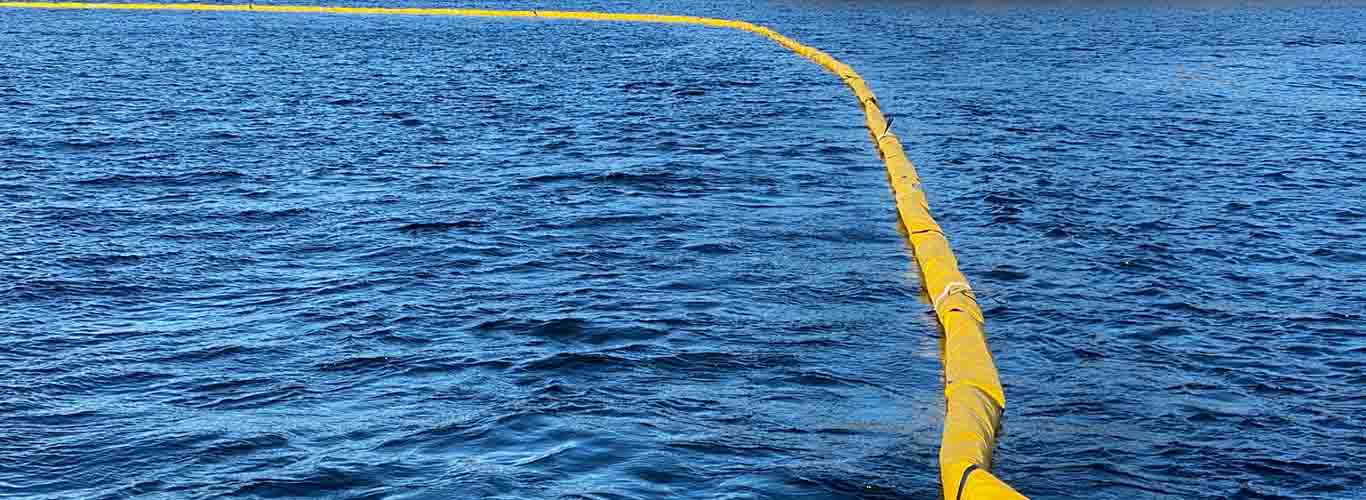
Give us a call for free consultation
How Do They Work?
Here’s how a typical containment boom works:
Deployment:
The boom is typically deployed from a boat or other vessel and is positioned around the perimeter of the spill. The boom is then anchored to the seafloor or shoreline to create a continuous barrier around the spill.
Floating:
The boom is designed to float on the water’s surface, creating a barrier that prevents the oil from spreading further. The floating portion of the boom is typically made of materials like PVC or other flexible materials that can conform to the water’s surface and create a tight seal.
Skirting:
Many types of booms have a skirt that hangs below the surface of the water. The skirt is typically made of a material that is heavy enough to sink below the water’s surface but flexible enough to move with the water’s currents. The skirt creates a barrier that prevents the oil from passing under the boom and spreading further.
Tensioning:
Once the boom is in place, it is tensioned to ensure a tight seal. Tensioning is usually achieved by attaching weights or floats to the bottom or top of the boom to keep it taut.
Recovery:
Once the boom is in place, it can contain the spill and make it easier to recover the oil. The oil may be collected using skimmers or sorbent materials like polypropylene fibres depending on the boom type.
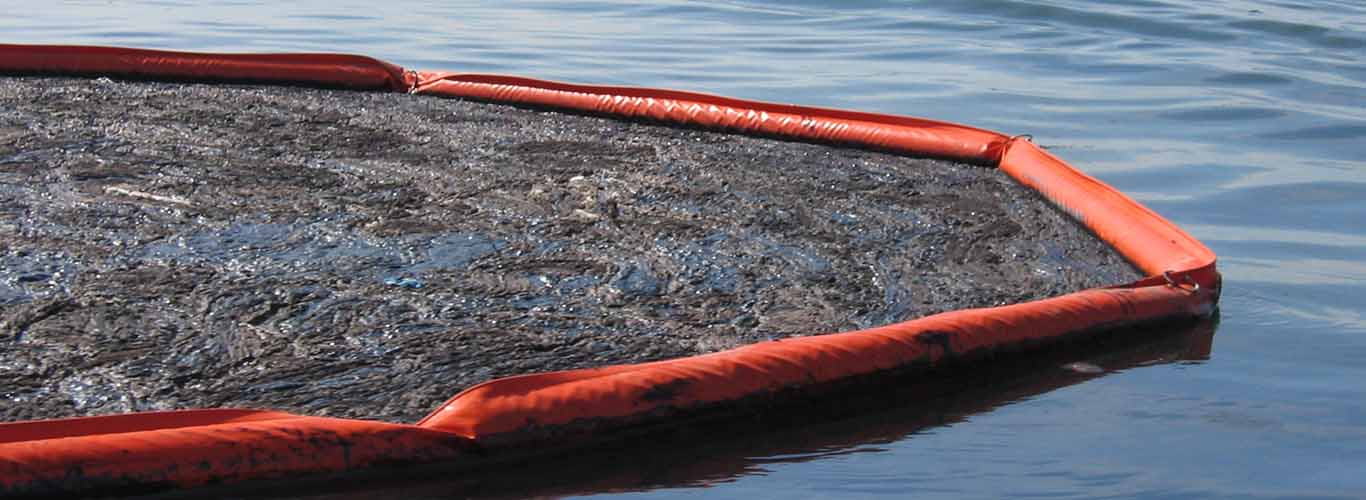
Give us a call for free consultation
Methods of Removing Oil from the Water?
Once an oil spill has been contained using a boom, the next step is to remove the oil from the water. The oil removal process can vary depending on the size and location of the spill, as well as the type of oil involved. Here are some common methods of oil removal:
Skimming:
Skimming involves using a device to remove the oil from the surface of the water. There are several types of skimmers, including drum skimmers, weir skimmers, and brush skimmers. The skimmer collects the oil, which is then stored in a tank for later disposal.
Sorbent Materials:
Sorbent materials like polypropylene fibres can be used to absorb oil from the water. The material is typically spread across the surface of the water and allowed to absorb the oil. Once the material is saturated, it can be collected and disposed of properly.
In-Situ Burning:
In-situ burning is a technique where the oil is burned on the surface of the water. This technique is only used in certain circumstances, as it can produce air pollution and can harm wildlife in the area.
Chemical Dispersants:
Chemical dispersants can break up the oil into smaller droplets, making it easier for natural processes to break down the oil. However, the use of chemical dispersants can have negative impacts on marine life and should be used with caution.
Vacuum Trucks:
Vacuum trucks can be used to suck up the oil from the water’s surface. The oil is then stored in a tank for later disposal.
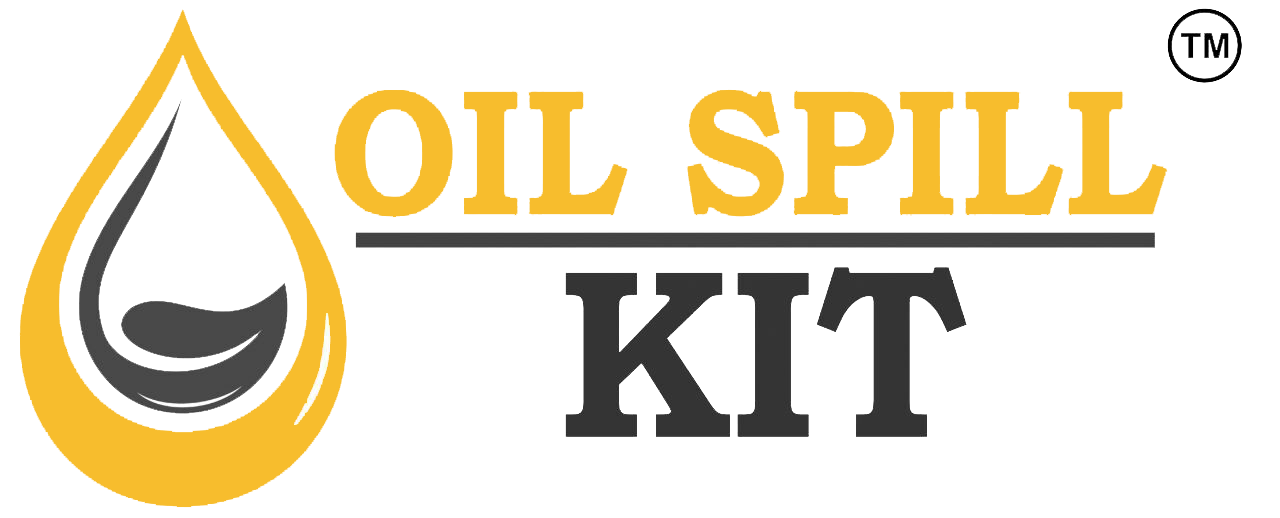
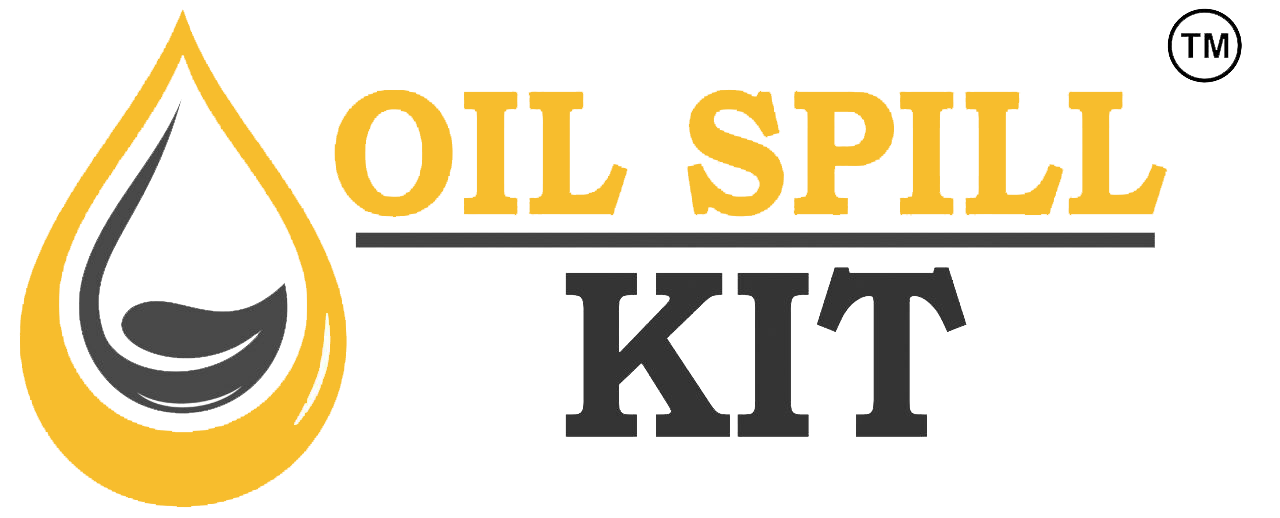






 Home
Home  Checkout
Checkout